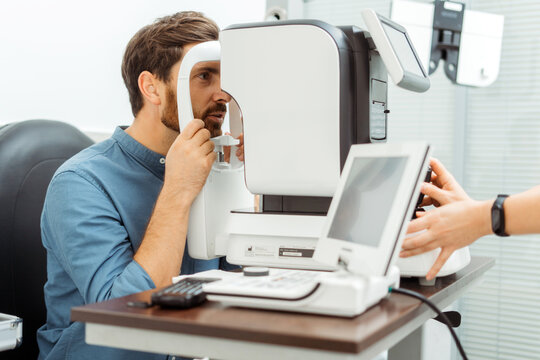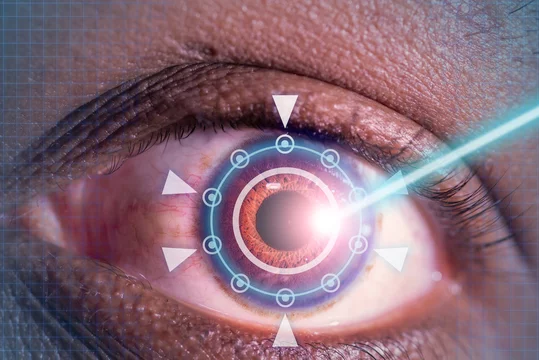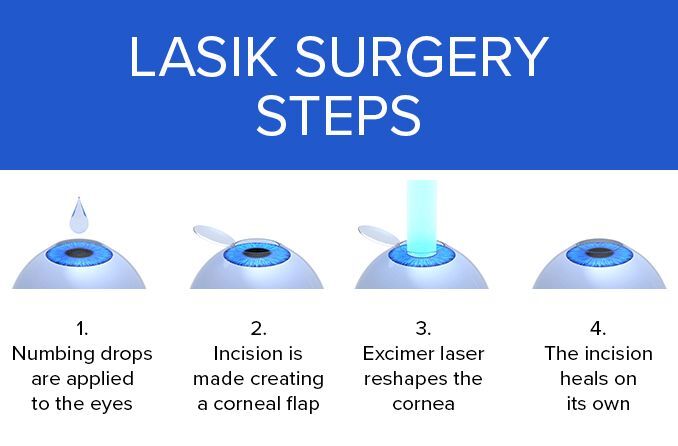Advances In LASIK Technology And Future Directions
LASIK (Laser-Assisted In Situ Keratomileusis) surgery has revolutionized the field of refractive surgery, offering a safe and effective means of correcting vision and reducing dependency on glasses or contact lenses. Over the years, advancements in LASIK technology have led to improvements in surgical outcomes, patient satisfaction, and safety profiles. This article explores the latest innovations in LASIK technology and provides insights into the future directions of refractive surgery.
Evolution of LASIK Technology
Since its inception in the 1990s, LASIK surgery has undergone significant technological advancements aimed at enhancing precision, customization, and safety. The introduction of femtosecond laser technology for flap creation has replaced traditional microkeratomes, allowing for more precise and predictable flap thickness and morphology. Femtosecond lasers offer greater control over flap parameters, reducing the risk of flap-related complications such as irregular astigmatism and epithelial ingrowth.
In addition to flap creation, excimer laser platforms have evolved to incorporate wavefront-guided and wavefront-optimized ablation profiles, enabling personalized treatment based on the unique optical characteristics of each patient’s eye. Wavefront-guided LASIK aims to correct higher-order aberrations, leading to improved visual outcomes and reduced glare and halos, particularly in low-light conditions. Wavefront-optimized ablation algorithms minimize induction of spherical aberration, optimizing corneal asphericity and maintaining natural visual quality.
Furthermore, advancements in eye-tracking technology have improved the accuracy and safety of LASIK procedures by compensating for intraoperative eye movements and ensuring precise laser delivery. Active eye tracking systems continuously monitor eye movements in real time, adjusting the laser ablation pattern to maintain alignment with the intended treatment zone. This dynamic tracking capability enhances treatment accuracy and reduces the risk of decentration and under-correction.
Future Directions in LASIK Technology
Looking ahead, ongoing research and development efforts in LASIK technology are focused on further enhancing surgical outcomes, expanding treatment indications, and minimizing procedural risks. Several exciting advancements and future directions in LASIK technology include:
- Customized Treatments for Presbyopia: Presbyopia, the age-related loss of near vision, remains a challenge in refractive surgery. Future innovations in LASIK technology may incorporate multifocal or accommodating ablation profiles to address presbyopia while maintaining distance vision. Customized treatments tailored to each patient’s visual needs could provide a viable alternative to reading glasses for presbyopic individuals.
- Corneal Cross-Linking Combined with LASIK: Corneal collagen cross-linking (CXL) is a promising technique for strengthening the cornea and preventing the progression of keratoconus and other corneal ectatic disorders. Combining CXL with LASIK could offer a one-stop solution for patients with corneal irregularities, providing both refractive correction and corneal stabilization in a single procedure.
- Integration of Artificial Intelligence (AI): AI-driven algorithms have the potential to revolutionize LASIK surgery by optimizing treatment planning, predicting postoperative outcomes, and personalizing surgical parameters based on patient-specific factors. Machine learning models trained on large datasets of preoperative and postoperative measurements could enable more accurate and predictable refractive outcomes while minimizing the need for enhancements.
- Non-invasive Refractive Corrections: Future advancements in LASIK technology may include non-invasive or minimally invasive approaches to refractive corrections, such as epithelial laser ablation or intrastromal lenticule extraction. These techniques aim to preserve corneal biomechanical integrity and reduce the risk of complications associated with flap creation, offering safer and more comfortable alternatives to traditional LASIK procedures.
Conclusion
Advancements in LASIK technology have transformed refractive surgery, offering patients improved visual outcomes, faster recovery times, and enhanced safety profiles. From femtosecond laser flap creation to wavefront-guided ablation and active eye tracking systems, LASIK surgery continues to evolve with the introduction of innovative technologies and surgical techniques.
Looking ahead, the future of LASIK holds promise for further improvements in surgical precision, customization, and patient satisfaction. With ongoing research and development efforts focused on personalized treatments, presbyopia correction, AI integration, and non-invasive refractive corrections, LASIK surgery is poised to remain at the forefront of vision correction for years to come. Collaborative efforts between clinicians, researchers, and industry partners will drive innovation and shape the future of refractive surgery, ultimately benefiting patients seeking safe, effective, and customized vision correction solutions.








